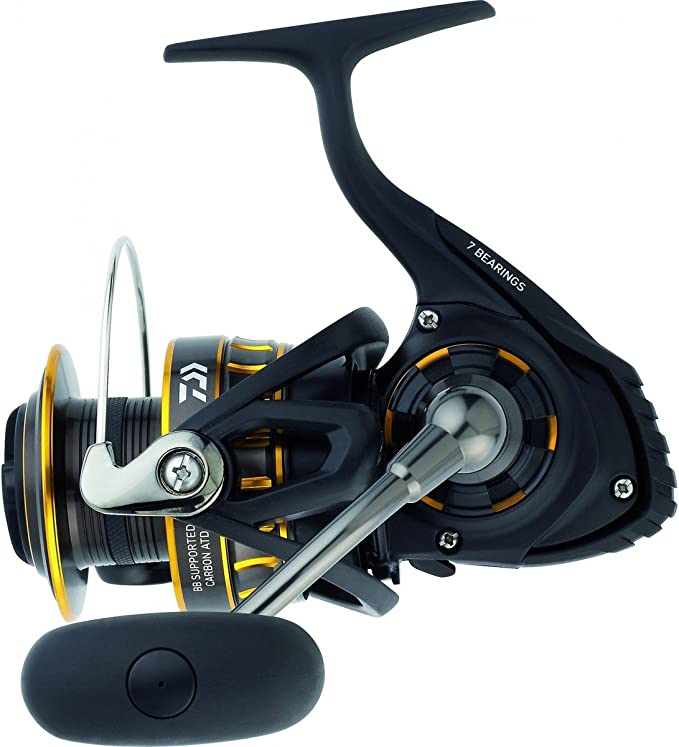The Convergence of Clean: How Hydrodynamic Synergy is Rewriting Oral Hygiene Norms
Update on Nov. 17, 2025, 4:43 p.m.
The history of human hygiene is often a history of distinct, separate tools. We have brushes for scrubbing and floss for threading; devices for agitation and devices for irrigation. For decades, the “gold standard” of oral care required a multi-step ritual that, while effective in theory, often failed in practice due to a simple human flaw: inconsistency. However, a new wave of engineering is challenging this fragmented approach. By merging two powerful physical forces—sonic vibration and high-pressure hydrodynamics—into a single handheld chassis, modern engineering is not just saving counter space; it is fundamentally altering the physics of how we clean our teeth.
Devices exemplified by the Soocas NEOS II Electric Toothbrush with Water Flosser represent this shift towards “integrated care.” To understand why this matters, we must look beyond the convenience of a 2-in-1 gadget and delve into the microscopic battlefield of the gingival sulcus.

The Physics of Synergistic Cleaning
In traditional oral care, mechanical scrubbing (brushing) and hydraulic flushing (water flossing) are sequential events. You brush to disrupt the biofilm on the surface, and then, perhaps minutes later, you use water to flush out debris. While beneficial, this separation allows for a “resettling” period and relies on the user to perform both tasks with equal rigor.
The innovation of the electric toothbrush with water flosser hybrid lies in simultaneity. When sonic vibration and water pressure occur at the same moment, a synergistic effect known as Hydrodynamic Shear Force is amplified.
1. Sonic Destabilization
The primary mechanism starts with the sonic motor. Vibrating at high frequencies, the bristles do more than just scrub; they create a phenomenon called acoustic cavitation. Micro-bubbles form and collapse in the mixture of saliva and toothpaste, generating tiny shockwaves that weaken the structural integrity of plaque biofilm. This is the “softening” phase of the attack.
2. Hydraulic Evacuation
Simultaneously, the integrated pump system delivers a targeted stream of water. In the case of advanced models like the NEOS II, this is a precision-engineered 0.6mm water column delivered at pressures peaking around 124.3 PSI. Because the plaque structure has already been destabilized by the sonic vibration, this high-pressure stream requires less dwell time to effectively strip the bacteria away. It acts as a “liquid blade,” penetrating the interdental spaces (between teeth) and the gumline—areas that physical bristles are geometrically incapable of reaching.

Engineering Compliance: The Psychology of the “One-Step”
Beyond the physics, there is a profound behavioral advantage to this convergence. Dental professionals universally agree that the weak link in patient health is rarely the quality of the tools, but the consistency of their use. Flossing is frequently skipped because it is viewed as an “extra” step, a chore to be done after the main event of brushing.
By integrating the water flossing mechanism directly into the brush handle, devices like the Soocas NEOS II hack the user’s routine. The act of flossing becomes indistinguishable from the act of brushing. There is no second device to plug in, no tank to fill separately, and no additional mental friction. This creates a “forced compliance” mechanism: if you brush, you floss.
This design philosophy extends to the hardware itself. The inclusion of a built-in water tank within the handle—despite the engineering challenge of keeping the device lightweight—is crucial for this psychological hack. It ensures the device is self-contained and “grab-and-go,” removing the barrier of setting up a stationary countertop unit.

Material Science: The Hidden Details of Hygiene
The evolution of the toothbrush is also a story of materials. Early brushes used animal hair; mid-century brushes used stapled nylon. Today, we are seeing the rise of copper-free bristle technology.
In traditional manufacturing, bristles are anchored into the brush head using tiny metal staples, often made of copper or nickel silver. Over time, in the humid environment of a bathroom, these metals can oxidize, leading to microscopic corrosion and bacterial harboring deep within the brush head. Advanced manufacturing, utilized in the NEOS II, employs distinct anchor-free tufting techniques (often involving heat fusing). This eliminates the metal component entirely, resulting in a brush head that is chemically inert, resistant to corrosion, and generally more hygienic over its lifespan.
Furthermore, the durability of the device itself is paramount when water is introduced into the equation. An IPX8 waterproof rating is not merely a feature; it is a necessity for a device that pumps water internally while housing a lithium-ion battery and a sonic motor. This rating ensures the device can be fully submerged, allowing for use in the shower—another factor that increases user compliance by fitting into existing lifestyle habits.

The Future of Integrated Care
The trend toward convergence in consumer electronics is inevitable. Just as smartphones absorbed the camera and the music player, oral care devices are consolidating to become more efficient. The separation of brushing and flossing is increasingly looking like an artifact of the past, necessitated by technological limitations rather than biological best practices.
Tools like the Soocas NEOS II prove that we do not need to choose between a deep clean and a quick routine. By leveraging the physics of fluid dynamics and the psychology of habit formation, integrated oral care offers a smarter path to health—one where the most effective routine is also the simplest one.

![Smileactives Vibrite Sonic Power Electric Toothbrush : A Comprehensive Analysis [2024 Edition]](https://storage.maomihezi.com/file/2024-11-02/51WWniz9LmL._AC_SL1500_.jpg?x-oss-process=style/mini_auto)
































